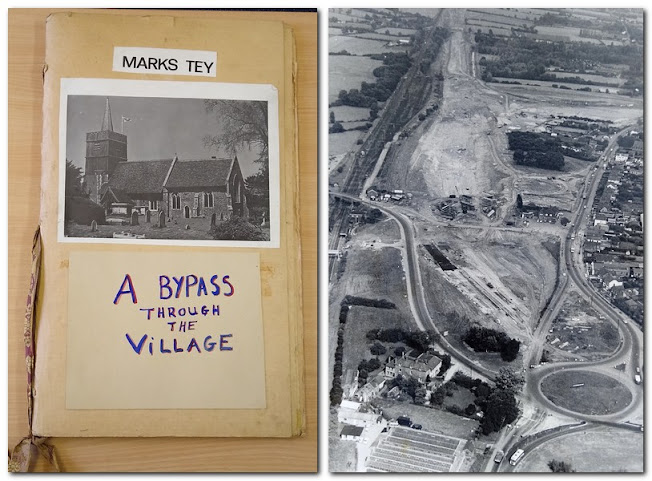A number of internal training courses are now being
prepared, these include the safe use of Plant and Machinery, and a site Strimming team
has been set up and trained to control vegetation around
the museum’s grounds. More varied courses are hopefully being offered in due
course.
Suggestions have been made to in future cover welding basics, the use of workshop machines and in this way skills could be passed to volunteers. There is an open invitation for those with those engineering skills to create learning opportunities , if you feel that’s something you can do, please contact HOD’s.
Brake cylinder operation and repair
One such training course was run on Sunday 8th August by Brendan Sothcott, leading a practical day to strip, repair, reassemble and test a Brake Cylinder. It was run as a trial; this being the first of a series of events gaining experience of using the tools and workshop facilities available at Chappel.
Handouts supplied explained how railway equipment must fail safe and have some form of redundancy, so even a “Wrong side failure” that is an unsafe condition – is mitigated by having a back-up. It was interesting to note how much force is applied by brakes. Mark 1 coaches using a 21-inch diameter brake cylinder, produces 1.584 tons of force, this is generated by the application of atmospheric pressure over a large area of 346 square inches in the brake cylinder.
These photos taken by Vic Potts a participant on this course features other attendees Chelsea Wagland, Aimee Archer and Phil Ainsley.
Middle picture - a
piston is descending into the outer vacuum brake casing. A most unusual feature
is the use of talcum powder being applied inside (French chalk being an official workshop
ingredient) lubricating - without oil or
grease which would perish rubber seals - the void between the two to stop it binding on
the way down.
Bottom picture - Finally reassembled, the brake cylinder
is tested with a Vacuum gauge creating
19” of Vacuum - which when destroyed
drops the piston and its actuating rod down - applying the braking force via brake rigging.
Brendan also had the team clean threads with Die nuts and
demonstrated the use of a micrometre, and introduced us to the Roebuck Zeus
Precision Data Book.
Here are some examples of the course material supplied, if you would like a copy please ask and they can be forwarded on.


















